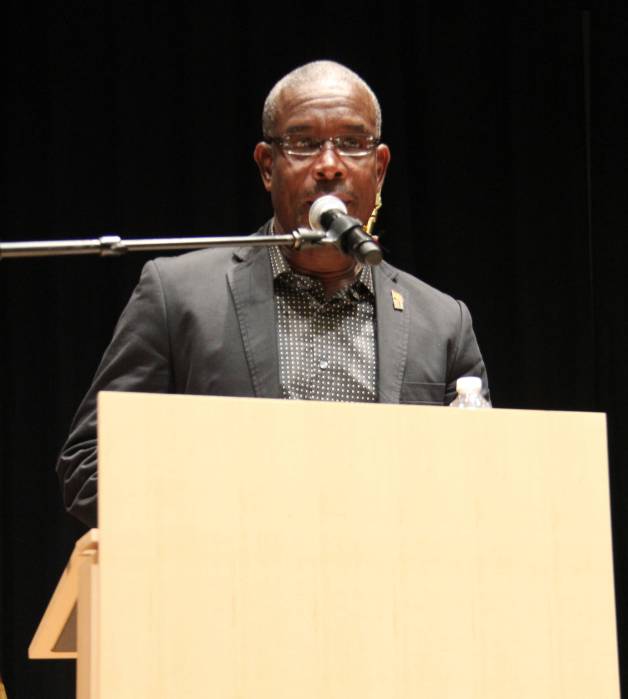GEORGETOWN, Guyana (AP) — Guyana’s Environmental Protection Agency says it can now use satellites to monitor any oil spills in the South American nation’s waters. The agency’s former leader criticized the technology as ineffective, saying the only proper way of minimizing oil spills is to put spill-prevention experts onboard drilling ships and platforms.
Vincent Adams, who led Guyana’s EPA for three years up to 2020 after a 30-year career as an environmental engineer at the U.S. Department of Energy, said satellites can only help draw attention to an oil spill after it has begun spoiling the sea.
“By then this could already be too late. You need experts on board monitoring what is going on 24-7 or we are wasting time. A satellite will tell you what happens after we have a spill that could devastate neighboring countries,” Adams told The Associated Press on Tuesday.
Guyana’s EPA put out a statement Tuesday saying it has contracted with MAXAR Technologies in Colorado to enable real-time environmental monitoring of two offshore oilfields developed by an international consortium led by ExxonMobil, Hess Corporation and China’s National Offshore Oil Corporation (CNOOC). The agency said the view from space would detect oil spills and slicks, both offshore and onshore.
Exxon and the consortium have applied to develop four more oil fields over the next five years, raising more concerns from rights groups and environmentalists about the effects of spills on the Caribbean ecosystem.
The Guyana-Suriname Basin has drawn the world’s largest oil companies since Exxon announced in 2015 that it had stumbled on “world class” offshore deposits. Oil production off on Guyana’s side of the maritime border has increased to nearly 400,000 barrels a day since it began in 2019, and Exxon says its operations could reach a million barrels daily by 2027.
Exxon has repeatedly maintained that oil spills are unlikely, and that it has set aside a $600 million fund to quickly clean up any damage. Environmentalists have dismissed this as being way too small, and too late.
“We need to implement the plan that I had before I was removed after the 2020 elections — that was to have a unit of up to 36 highly trained experts stationed on board the drill ships and storage vessels monitoring what is going on. That plan has been abandoned and now we are hearing about satellite monitoring. That is not what we need,” Adams said.
Guyanese officials have reported fierce competition for 14 more oil blocks near the consortium’s two Liza fields. Bidding closes in mid April.


























